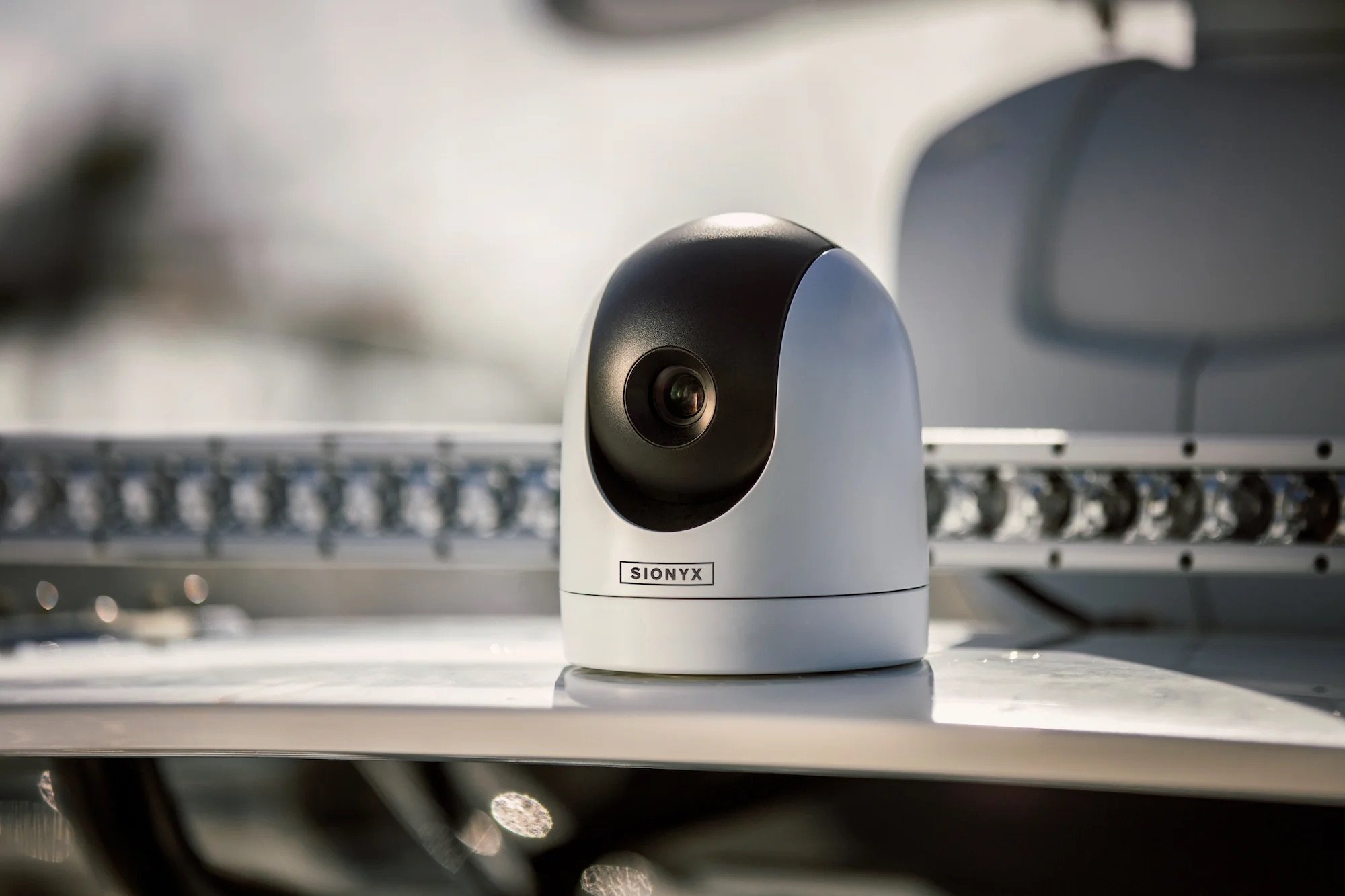What’s On A Yacht Mast?
A great mast is a combination of cutting edge technology and seamless styling.
Everything You Can Put On A Yacht Mast
A yacht’s mast is more than just a structural necessity—it’s the nerve center of all major navigation and communication equipment, helping the captain and crew operate safely and efficiently. But beyond its functional importance, the mast can also be a statement piece, catching the eye of tech-savvy owners who view it as a symbol of cutting-edge innovation. In many ways, it’s the “cherry on top” that completes the yacht’s aesthetic.
On the flip side, a poorly planned or bulky mast can be an eyesore, disrupting the sleek lines of an otherwise stunning vessel. Whether you want your mast to make a bold statement or blend subtly into the design, it’s what’s housed up there that truly matters.
So, what kind of tech calls the mast home? Let’s break it down.
A mast is prepared for installation, featuring short and long range open array radars.
NAVIGATION SYSTEMS
Navigation technology informs you of where you are, where you’re going and what might get in the way. While GPS and AIS products are fairly straightforward, radar is a blog post in and of itself.
Radar: Used for detecting other vessels, land masses, and obstacles, especially in low visibility. Larger vessels can have two radar units, one for long range and one for short range.
GPS Antennas: Providing accurate location and speed data.
AIS Antennas (Automatic Identification System): Transmits and receives vessel information like position and speed between ships and shore stations.
Large satellite domes are quickly being discarded for small Starlink high-performance antennas.
COMMUNICATION SYSTEMS
Communications systems assist in connecting with the world and the vessels around you in active communication.
Starlink WiFi Antenna: The best in global WiFi connectivity.
VHF Antennas: The primary means of short-range ship-to-ship and ship-to-shore communication.
Satellite Communication Domes (VSAT, Inmarsat, Iridium): Enable long-range communication, internet access, weather updates, and media streaming, although Starlink is making a significant impact in reducing the demand for these services.
Cellular Signal Booster: Amplify mobile signal for better onboard connectivity.
TV Antenna: For receiving television broadcasts via satellite.
Bullhorn: In case loud exterior communications are required by captain and crew.
A wind sensor sits atop a custom painted yacht mast.
WEATHER SYSTEMS
Straightforward. With these products you’ll learn what to expect from mother nature, and be able to proactively navigate safely.
Wind sensor: Measure wind speed and direction.
Barometric Sensor: Track atmospheric pressure, aiding in weather forecasting.
Temperature & Humidity Sensors: Often part of a broader onboard monitoring system.
Lightning Detector: Using electromagnetic sensors to detect and predict nearby electrical storms.
The Sionyx Nightwave camera is setting a new standard for affordable night vision in day boats & motor yachts.
SURVEILLANCE & VISUAL AIDS
Visual aids are all about allowing your crew to be everywhere all at once. Camera and search light systems help your captain stay in tune with the boat while manning the helm. The right products can also be accessed remotely from off board, allowing you to surveil your vessel from anywhere you have internet access.
CCTV Cameras: Provide additional security and visibility around the yacht. If using IP-enabled devices, these cameras can be accessed remotely.
Night Vision Camera: Essential for nighttime navigation. Usually includes pan/tilt/zoom functionality for improved visibility.
Thermal Imaging Camera: Essential for spotting obstacles or people in the water. Usually includes pan/tilt/zoom functionality for improved visibility.
Remote-Operated Searchlights: High-powered lights for directional navigation or search-and-rescue.
Two remote-operated search lights flank a collection of red lights and a horn.
SAFETY & SIGNALING
Depending on the size of your vessel, your mast will include a standard set of globally recognized navigational lights, and a strong horn able to deliver clear signals of movement or distress.
Navigation Lights: Indicate the vessel’s status (i.e. at anchor, underway, restricted maneuverability).
Deck Lights: Fixed lights addressing dark areas at night for crew or guest movements.
Horn: A key element of safety alerts between passing ships.
Sometimes the million-dollar question is: “What’s in the dome?”
EXTRAS
While not required, the extras of your mast make you unique. Don’t be shy.
Empty Domes: Sometimes added for aesthetics or to leave open installation space for future technologies.
Folded Systems: Masts have a way of adding sizable height from the water line; negatively impacting bridge clearance. Depending on the design and weight, a hinged system can be added to fold the mast down with pistons or an actuator.
Component Redundancies: Depending on preferences and cost, duplicate items are installed to address potential failures.
Design & Coloration: If you have the tech, you’re halfway there. Finish the job with a unique design and custom paint to make your mast the finishing accessory instead of and eyesore.
TODAY’S ARTICLE ONLY SCRATCHES THE SURFACE OF YACHT MAST DESIGN & TECHNOLOGY.
Are you interested in a deeper dive on available technologies and design trends?
Send an email to Hello@RNMarine.com to start a conversation on today’s blog.
About the Author
Reed Nicol is a licensed yacht broker with experience in all corners of the marine industry. He’s worked as an executive and sales director in yacht manufacturing and distribution, has structured commercial charter operations, and designed and executed notable refits. Read more about Reed’s marine journey, his love of helping 1st time boaters and his entrepreneurial spirit here.
Reed Nicol [Licensed FL Yacht Broker #11926]
Get Started with Reed








